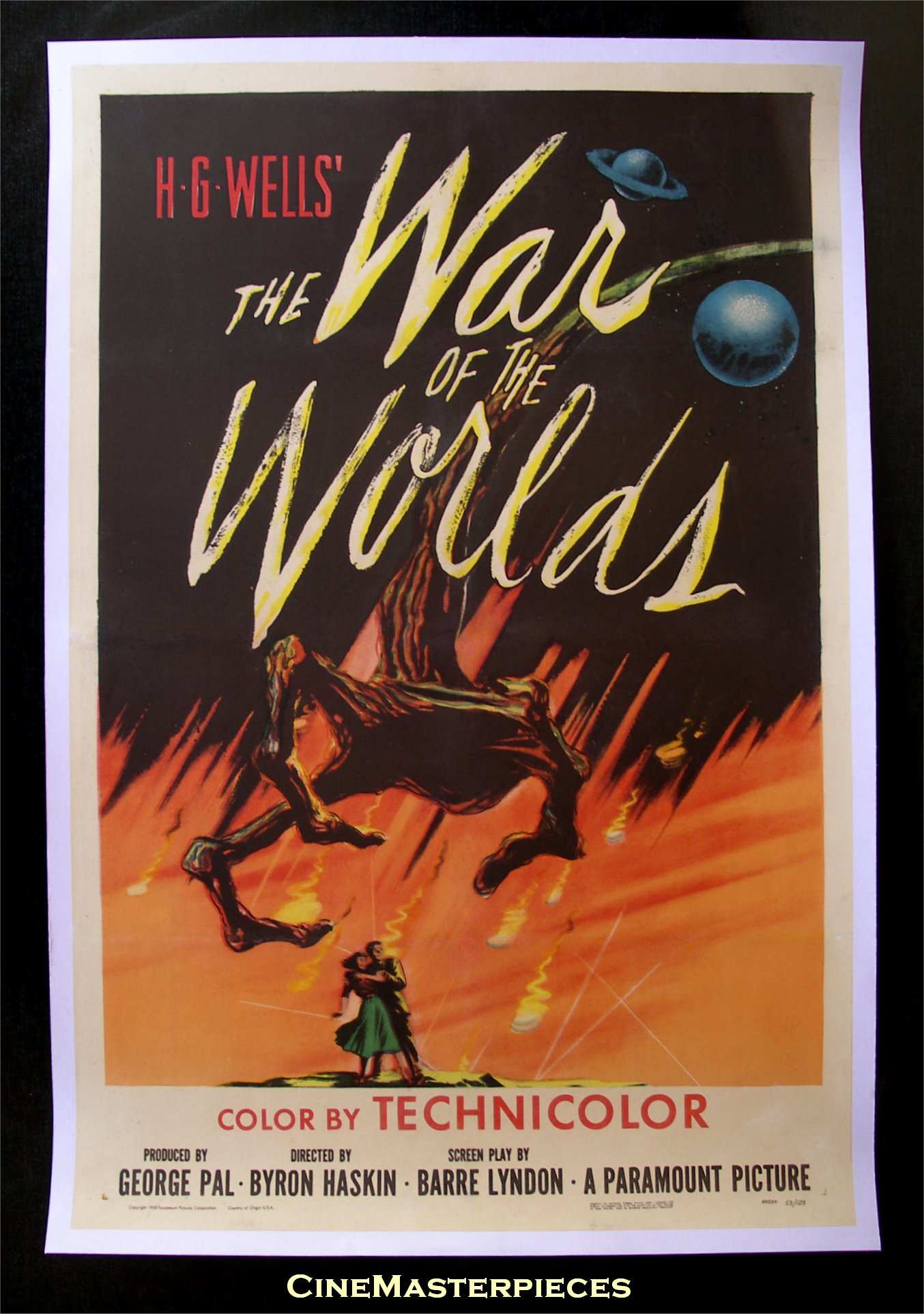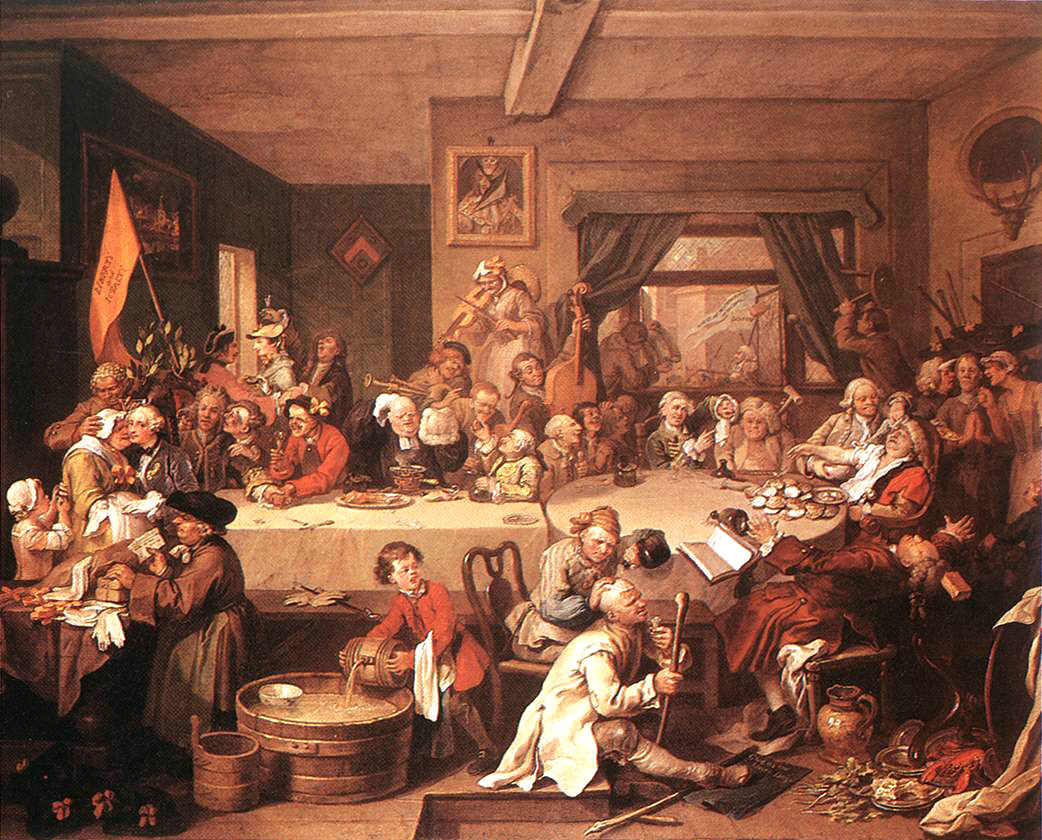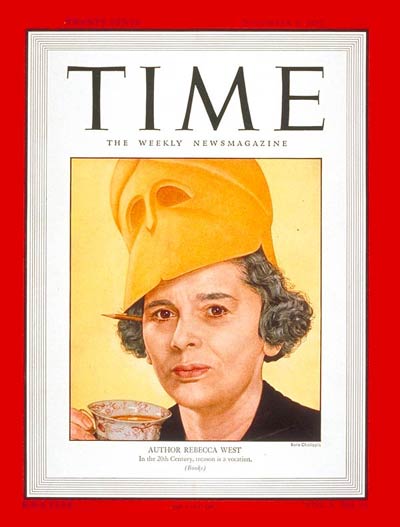
Image courtesy of RuneT
From 1974 to 1982 I lived in a part of the UK called South Devon, in a village called Dartington.
My father farmed the next door estate to a place called Riverford Farm.

Image courtesy of RuneT
From 1974 to 1982 I lived in a part of the UK called South Devon, in a village called Dartington.
My father farmed the next door estate to a place called Riverford Farm.

Peter Sellers in Kubrick’s 1965 film, Dr Strangelove. Image from dvdbeaver.com.
A light little post for you after the death of planning ding dong.
Ever since I had my statcounter installed I have been able to tell the proportion of people coming from different countries. On the average day about 40% of my visitors are from the UK, 40% the US and 20% from the rest of the world.
But one of the other advantages of Stat Counter is you can tell whether a visitor has come directly to you or via another site. Every day around 10% of these US visitors come from Google Images and, rather worryingly, they are searching for one thing…. mushroom clouds.
Quick mini advocate ladies and gentlemen.
I think the holiday category is tough on the strategist – a commodified marketplace with loads of me too players driven by price.
But Lastminute’s latest campaign is a real gem – they are encouraging hard working Britons to take 5 holidays and breaks a year. I’m sure it is probably just a damn good promotional idea for January (making light of the 5 fruit and veg a day message) but if I were them I’d adopt it as their central brand idea. Its nice to see a travel agent with a point of view and so nice one Farm
Those cheeky PG chimps The Advocate is usually dedicated to advocating the merits of an advertising campaign in an attempt to prove that the work…

Each month I want to try and showcase a brand that has an interesting take on the market they operate in and ideally is built around a clear brand idea or ideal.
The first candidate to send down the catwalk for your edification and scrutiny is Method, the US personal and homecare brand – now available in the UK and Canada.

Scream if you want to go faster.
Normal service has been resumed here at adliterate towers after an exhilarating yet restorative christmas break.
I for one have been itching to get back to the business of figuring out what to do with this business and throwing it at you bones and all.
What I can promise you this year is a quicker pace, more radical thinking, some big issues brought to heel and crankyness galore.
Along with the Advocate (suggestions for January if you please) there will be two new ‘features’, a monthly brand focus that points up an interesting and newish brand worth mentioning in despatches and an off topic thread called ‘As I please’ in honour of George Orwell. But more of those later.
And of course this year its an APG Creative Thinking Awards year with some big changes we have been working on including a more internationalist approach, a Strategy Agency of the Year award and big prizes. And in true Advocate stylee I’m not going to sit around waiting for you to enter your genius thinking I am going to come and hunt you down with a big stick and wrestle the entries off you.
And to top it all I will turn 40 in June and will have absolute freedom to be as surley and cranky as I like.
Ladies and gentlemen, hold on to your hats and scream if you want to go faster.
Photo coutesy of From Afghanistan With Love
The Author being visited by the ghost of posts past. Illustration by Arthur Rackham.
Have a very Happy Christmas from adliterate.
Here’s a festive film to get you in the mood.

“With infinite complacency men went to and fro over this globe about their little affairs, serene in their assurance of their empire over matter”. H.G. Wells
Only a year ago we were all getting hot under the collar about PVRs and the threat they posed to television advertising.
Now one talks about the PVR peril anymore.

Hogarth successfully captures the moment when, in Russell’s absence, today’s coffee morning got a little out of hand.
This month I want to advocate Jamie Oliver’s favourite supermarket, or at least their latest campaign – Try Something New Today. I want to suggest…

Rebecca West, feminist, novelist and HG Wells’ lover.
Here is one of hers “I myself have never been able to find out what feminism is; I only know that people call me a feminist whenever I express sentiments that differentiate me from a doormat or a prostitute.”
And here are a bunch of mine largely taken from recent posts…

Through out the second world war bananas were in short supply in a Britain enduring severe food rationing. By the time the first bananas were imported from the Caribbean, many children that had grown up during the conflict had never seen let alone eaten a banana. Indeed Evelyn Waugh famously traumatised his son, Auberon, by consuming by himself and in front of his son, the first Banana Auberon had ever seen.
Imagine the scene, the docks of London, Bristol, Liverpool and Glasgow packed to the gunnels with dirty little oiks and street urchins in thread bare clothes eagerly anticipating their first taste of this rare and exotic fruit.